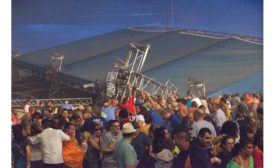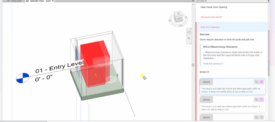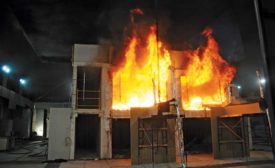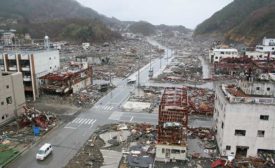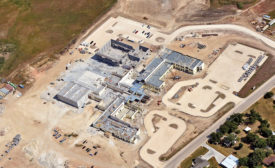Codes and Standards
Home » Keywords: » International Building Code
Items Tagged with 'International Building Code'
ARTICLES
Intellectual Property
Who Owns The Building Code? A Tech Startup's Challenge
A copyright lawsuit against web-based startup UpCodes heads closer to trial
Read More
Challengers Losing Battle To Derail Updated Structural Standard
ASCE 7-16 on Strong Course To Become Part of 2018 International Building Code
Read More
Natural Disasters
Building Code Adoption Urged for Tsunami-Resilient Design
U.S. building codes covering natural disasters don't include consideration of tsunami hazards
Read More
The latest news and information
#1 Source for Construction News, Data, Rankings, Analysis, and Commentary
JOIN ENR UNLIMITEDCopyright ©2024. All Rights Reserved BNP Media.
Design, CMS, Hosting & Web Development :: ePublishing
